 您的购物车当前为空
您的购物车当前为空
COMMD9 Protein, Human, Recombinant (His)
一键复制产品信息COMMD9 is a COMM domain-containing or COMMD protein. COMMD family is comprised of ten members which are widely conserved throughout evolution and share certain functional properties. They represent a recently discovered set of evolutionarily conserved factors characterized by the presence of a defining carboxy-terminal motif. COMMD protein functions in the control of the transcription factor NFkappaB. NFkappaB plays a critical role in a number of homeostatic processes in multicellular organisms, including the regulation of immunity and cell survival. COMMD proteins inhibit NFkappaB mediated gene expression, and recent mechanistic studies have revealed that COMMD1 controls the ubiquitination of NFkappaB subunits, an event linked to transcriptional termination. COMMD1 binds to a multimeric ubiquitin ligase containing Elongins B/C, Cul2 and SOCS1 (ECS( SOCS1)). In this complex, COMMD1 facilitates the binding of NFkappaB subunits to the ligase, thereby promoting their ubiquitination and degradation. Additional insights gained from these studies indicate that COMMD proteins likely play a broader role in cellular homeostasis through their participation in the ubiquitination pathway.

COMMD9 Protein, Human, Recombinant (His)
一键复制产品信息| 规格 | 价格 | 库存 | 数量 |
|---|---|---|---|
| 5 μg | ¥ 493 | 6-8日内发货 | |
| 10 μg | ¥ 790 | 6-8日内发货 | |
| 20 μg | ¥ 1,330 | 5日内发货 | |
| 50 μg | ¥ 2,580 | 5日内发货 | |
| 100 μg | ¥ 5,170 | 5日内发货 |
产品信息
| 生物活性 | Activity testing is in progress. It is theoretically active, but we cannot guarantee it. If you require protein activity, we recommend choosing the eukaryotic expression version first. |
| 产品描述 | COMMD9 is a COMM domain-containing or COMMD protein. COMMD family is comprised of ten members which are widely conserved throughout evolution and share certain functional properties. They represent a recently discovered set of evolutionarily conserved factors characterized by the presence of a defining carboxy-terminal motif. COMMD protein functions in the control of the transcription factor NFkappaB. NFkappaB plays a critical role in a number of homeostatic processes in multicellular organisms, including the regulation of immunity and cell survival. COMMD proteins inhibit NFkappaB mediated gene expression, and recent mechanistic studies have revealed that COMMD1 controls the ubiquitination of NFkappaB subunits, an event linked to transcriptional termination. COMMD1 binds to a multimeric ubiquitin ligase containing Elongins B/C, Cul2 and SOCS1 (ECS( SOCS1)). In this complex, COMMD1 facilitates the binding of NFkappaB subunits to the ligase, thereby promoting their ubiquitination and degradation. Additional insights gained from these studies indicate that COMMD proteins likely play a broader role in cellular homeostasis through their participation in the ubiquitination pathway. |
| 种属 | Human |
| 表达系统 | E. coli |
| 标签 | N-His |
| 蛋白编号 | Q9P000-1 |
| 别名 | HSPC166,COMM domain containing 9 |
| 蛋白构建 | A DNA sequence encoding the human COMMD9 (Q9P000-1) (Met1-Lys198) was expressed with a polyhistidine tag at the N-terminus. Predicted N terminal: His |
| 蛋白纯度 | > 85 % as determined by SDS-PAGE |
| 分子量 | 23.7 kDa (predicted); 25 kDa (reducing conditions) |
| 内毒素 | Please contact us for more information. |
| 蛋白性状 | Lyophilized powder |
| 缓冲液 | Lyophilized from a solution filtered through a 0.22 μm filter, containing PBS, 10% Glycerol, pH 8.0.Typically, a mixture containing 5% to 8% trehalose, mannitol, and 0.01% Tween 80 is incorporated as a protective agent before lyophilization. |
| 复溶方法 | A Certificate of Analysis (CoA) containing reconstitution instructions is included with the products. Please refer to the CoA for detailed information. |
| 存储 | It is recommended to store recombinant proteins at -20°C to -80°C for future use. Lyophilized powders can be stably stored for over 12 months, while liquid products can be stored for 6-12 months at -80°C. For reconstituted protein solutions, the solution can be stored at -20°C to -80°C for at least 3 months. Please avoid multiple freeze-thaw cycles and store products in aliquots. |
| 运输方式 | In general, Lyophilized powders are shipping with blue ice. |
| 研究背景 | COMMD9 is a COMM domain-containing or COMMD protein. COMMD family is comprised of ten members which are widely conserved throughout evolution and share certain functional properties. They represent a recently discovered set of evolutionarily conserved factors characterized by the presence of a defining carboxy-terminal motif. COMMD protein functions in the control of the transcription factor NFkappaB. NFkappaB plays a critical role in a number of homeostatic processes in multicellular organisms, including the regulation of immunity and cell survival. COMMD proteins inhibit NFkappaB mediated gene expression, and recent mechanistic studies have revealed that COMMD1 controls the ubiquitination of NFkappaB subunits, an event linked to transcriptional termination. COMMD1 binds to a multimeric ubiquitin ligase containing Elongins B/C, Cul2 and SOCS1 (ECS( SOCS1)). In this complex, COMMD1 facilitates the binding of NFkappaB subunits to the ligase, thereby promoting their ubiquitination and degradation. Additional insights gained from these studies indicate that COMMD proteins likely play a broader role in cellular homeostasis through their participation in the ubiquitination pathway. |

















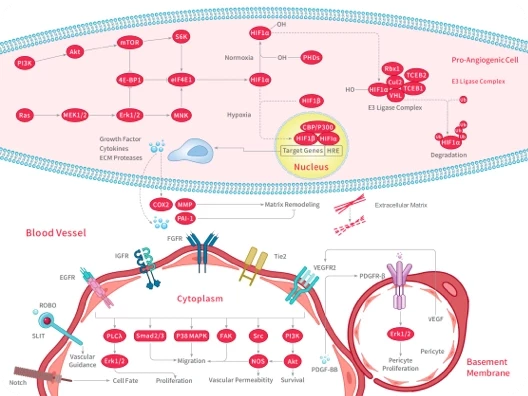
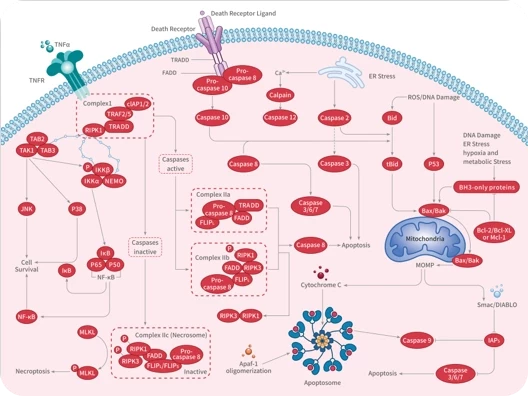
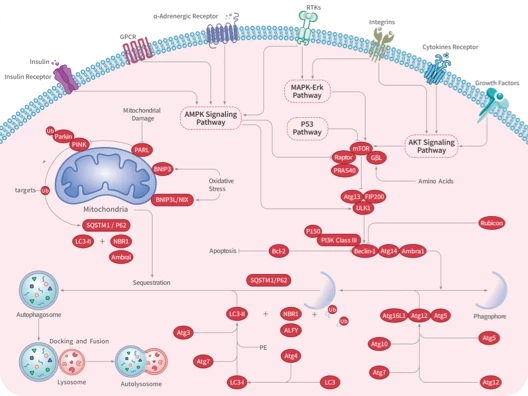

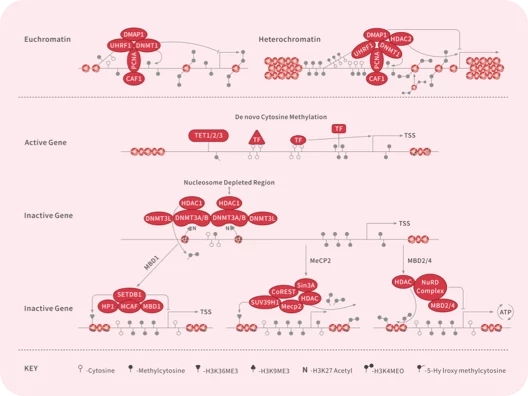
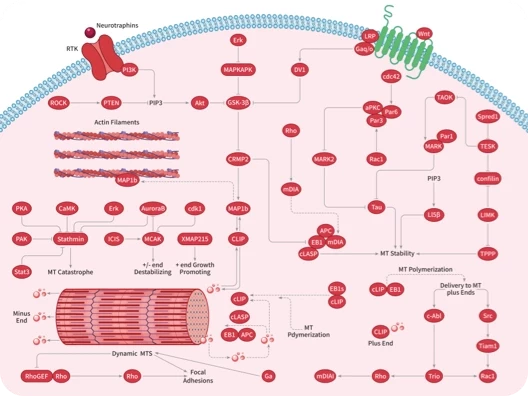
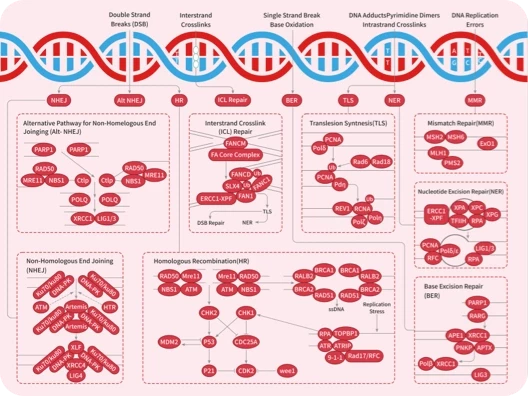
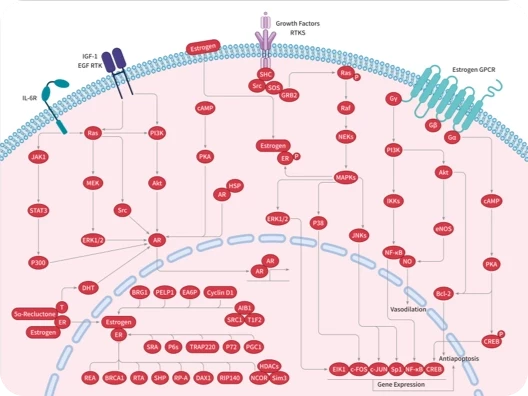
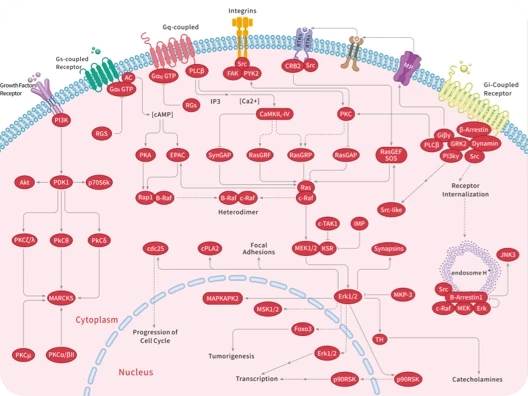
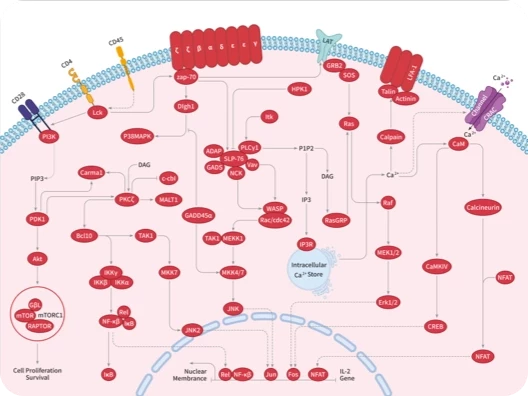
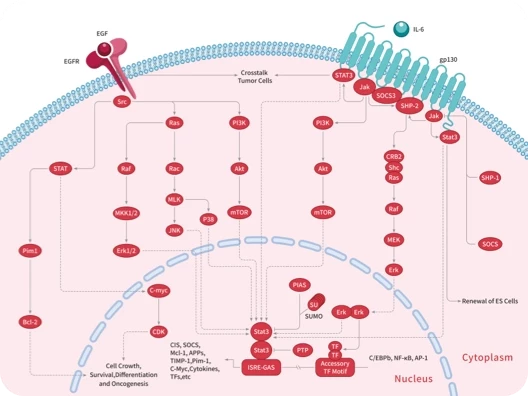
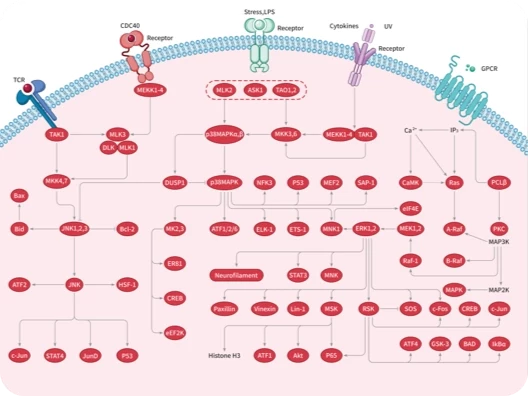
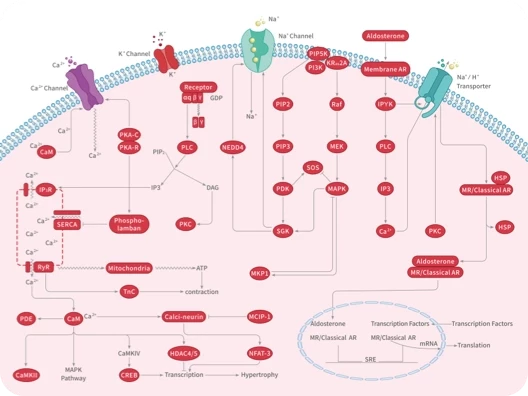
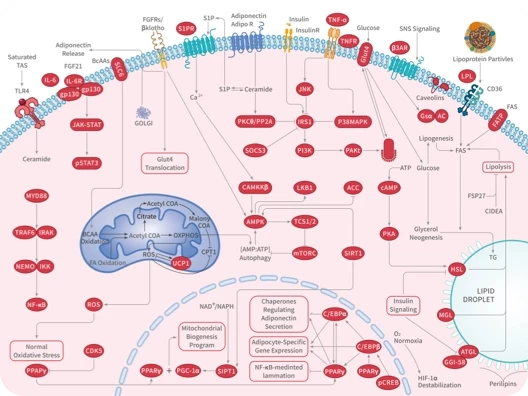
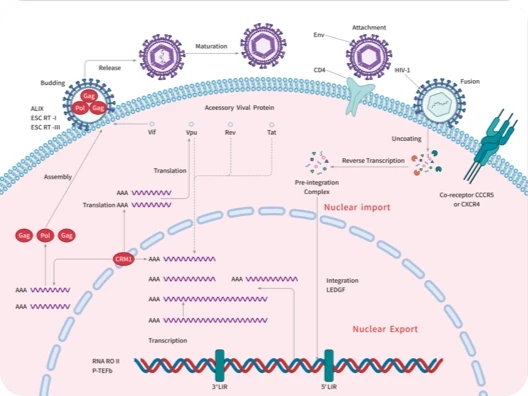

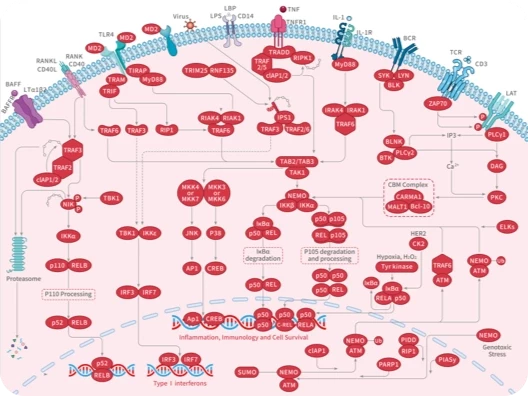
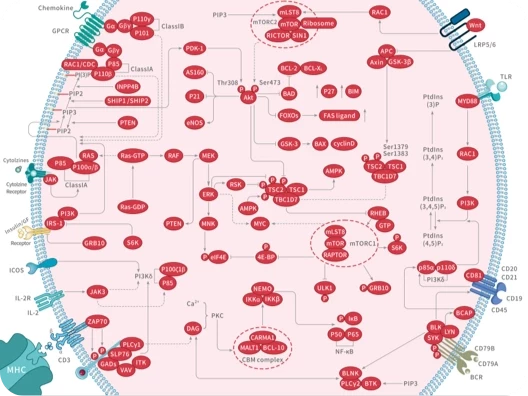
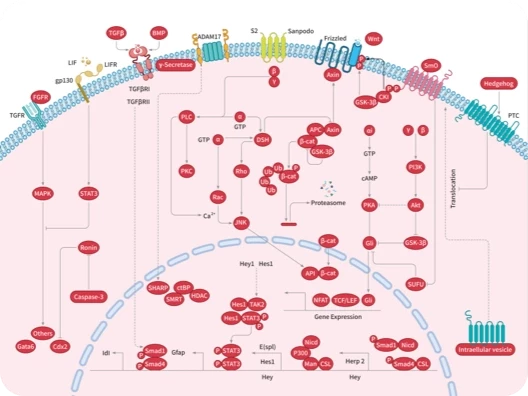
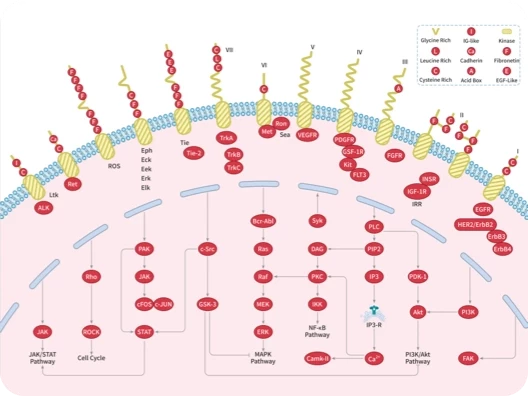
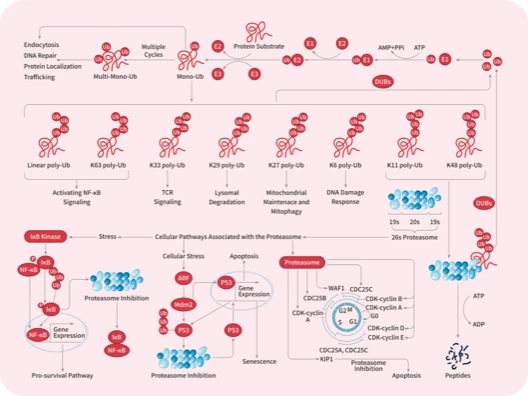


 |
|